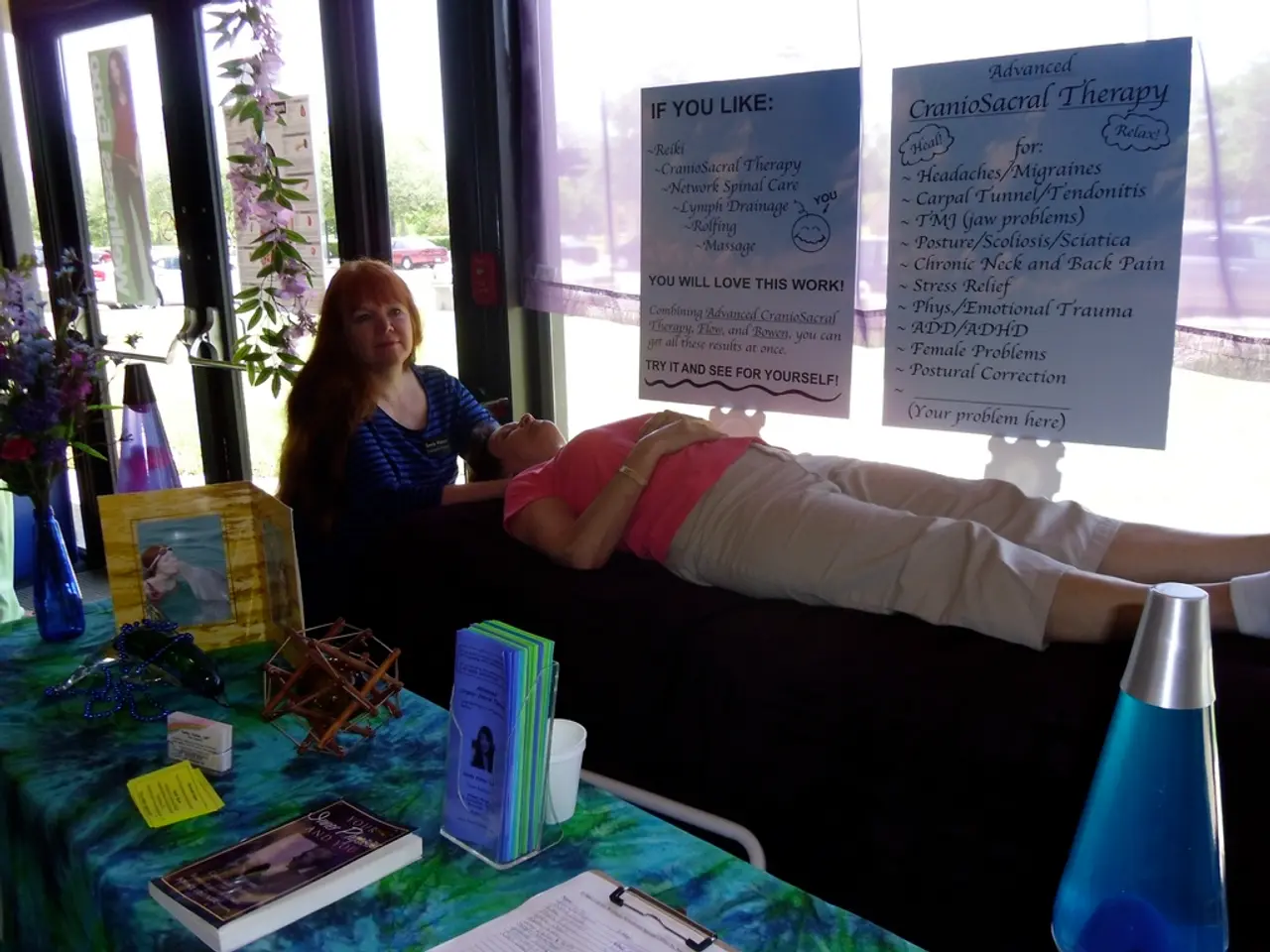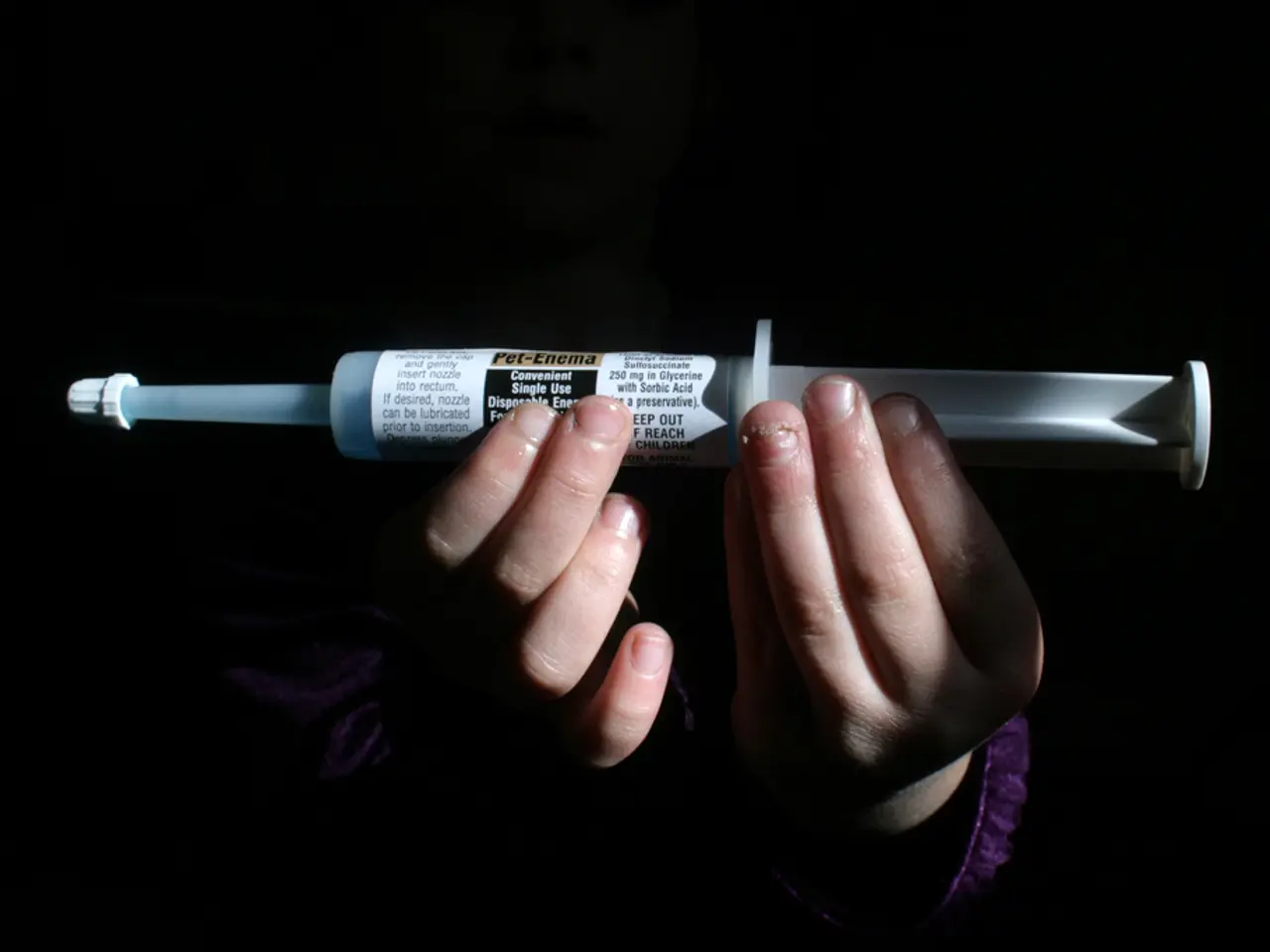Autism Not Bound by Age: A Global Perspective
"Diagnosing autism in adults: significance of identifying adult individuals who, prior to diagnosis, resemble a faulty appliance"
Did you know that autism is a global challenge, affecting individuals from diverse backgrounds and at any stage of life? In Russia, approximately one out of every 100 children are diagnosed with Autism Spectrum Disorder (ASD), a condition that is equally prevalent among males and females. This insight forms the basis of a new campaign by the "Bare Hearts" foundation, which seeks to assist those with autism and other developmental disorders, provide training for specialists, and advocate for inclusion in every aspect of life.
However, research from countries like South Korea, Denmark, Canada, the USA, and the UK suggests that the prevalence of ASD could be significantly higher. By 2025, the US Centers for Disease Control and Prevention published updated statistics showing that ASD is diagnosed in one out of 31 children aged 8, with boys being affected almost thrice as much as girls.
As children grow into adults, the frequency of autism remains constant. Yet, the reality contradicts this, with countries like the US reporting a prevalence of one out of 45 adults with autism. In Australia, the number of young adults with autism is ten times higher than older adults.
Artem, a 37-year-old man, was diagnosed with autism in 2023, after seeking confirmation for his suspected ADHD. "My initial response was shock," Artem reminisces. "The diagnosis perfectly explained my understanding of myself and past actions but was difficult to accept, given it's a specific explanation of my worldview."
Research over the past decade reveals that the number of women receiving autism diagnoses has increased significantly. Once considered a male-dominated diagnosis, professionals know far less about how autism presents in women and girls. Studies have found that the average age of diagnosis for boys is 8 years, while for girls, it's 13 years. Many girls are initially diagnosed with co-occurring conditions such as anxiety, ADHD, depression, OCD, or eating disorders.
Teenage and adult males, in general, may exhibit impulsivity and behavioral challenges. Females and women with ASD, however, might not fit the societal norm of what is considered problematic. Many camouflage or mask their traits to appear more socially acceptable by sharing similar interests with their typically developing peers. Their difficulties in communication and social adaptation are often attributed to excessive shyness or introversion.
Meanwhile, adult autism diagnoses in Russia remain low, making it crucial to increase awareness and improve diagnostic methods. Autism, a developmental disorder present from birth, is not a disease that worsens with age. It's characterized by significant difficulties in social communication and interaction, sensory processing, and repetitive behaviors, symptoms that are present from early childhood, though methods used for child diagnosis may not always suit adults.
The fourth module of the Autism Diagnostic Observation Schedule, Second Edition (ADOS-2) is used for diagnosing autism in adolescents and adults who are fluent speakers, but not all regions have specialists trained in this tool. Therefore, adults typically receive an autism diagnosis from a psychiatrist who conducts a comprehensive diagnostic interview, evaluating the person's social interaction, emotional reactions, cognitive and perceptual peculiarities, daily routines, rituals, and specific interests.
While there are no established diagnostic criteria for autism in adults, receiving a diagnosis in adulthood can be life-changing. It can provide insight into the unique ways of thinking, behaving, and perceiving the world, easing communication difficulties, and reducing stress. "Getting a diagnosis helped me understand myself better and show empathy for my daughter," shares Anton, who was diagnosed with autism after his daughter received a similar diagnosis.
In conclusion, the prevalence of autism is a complex issue that varies globally due to factors such as healthcare access and awareness. By fostering an inclusive society and improving diagnostic methods, we can empower adults with autism to live full, dignified lives, tailored to their unique needs.
- The "Bare Hearts" foundation, ready to assist those with autism, has launched a new campaign, also aiming to provide training for specialists and advocate for inclusion in every aspect of life, given that the prevalence of ASD could be significantly higher according to research from various countries.
- Despite autism being a developmental disorder present from birth and not worsening with age, countries like the US report a prevalence of one out of 45 adults with autism, signifying the need for increased awareness and improved diagnostic methods.
- In a health-and-wellness perspective, research over the past decade reveals that the number of women receiving autism diagnoses has increased significantly, with many camouflaging or masking their traits to appear more socially acceptable, leading to a higher average age of diagnosis for girls compared to boys.
- A diagnosis in adulthood, despite there being no established diagnostic criteria, can be life-changing for individuals with autism, according to Anton, who was diagnosed after his daughter received a similar diagnosis, providing insight into his unique ways of thinking, behaving, and perceiving the world, and easing communication difficulties.





